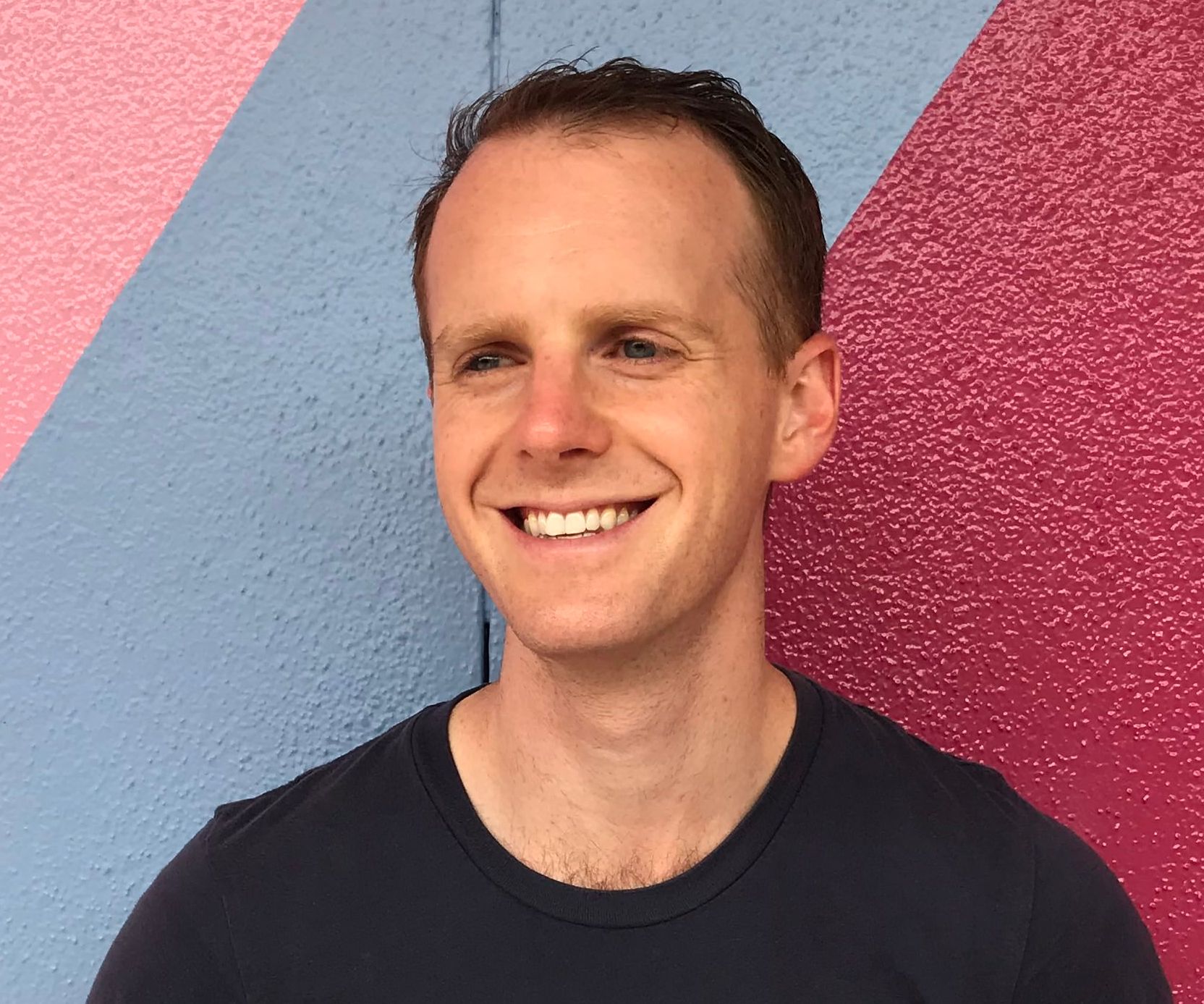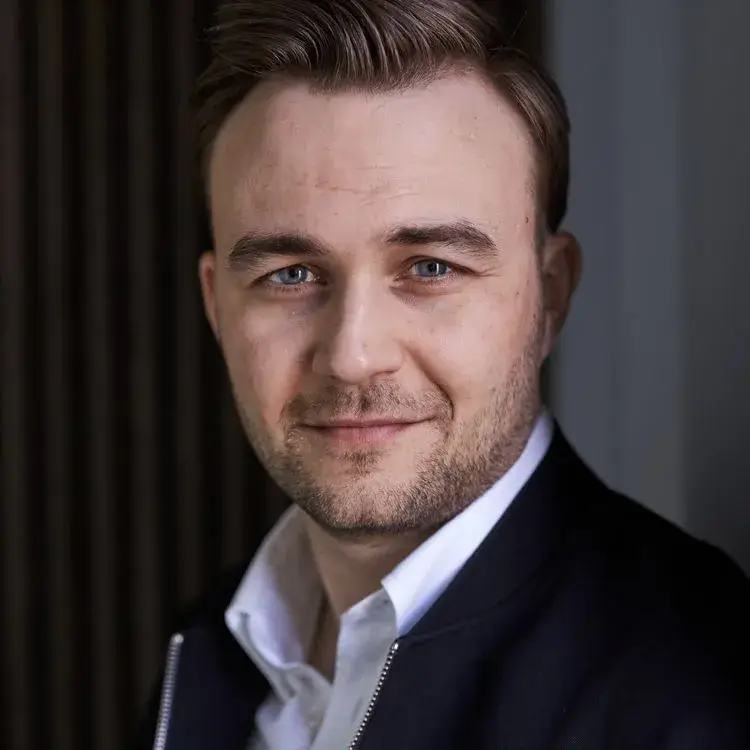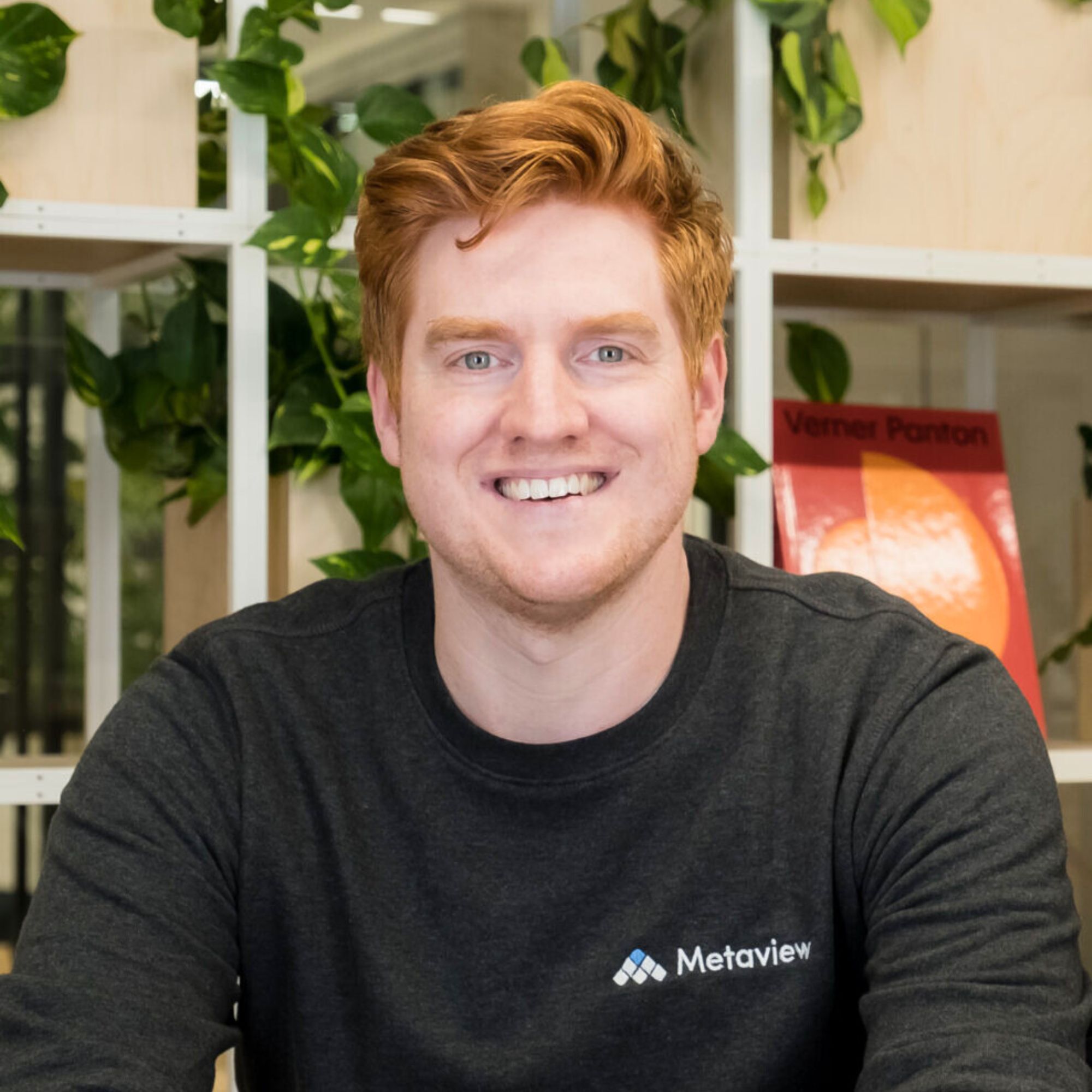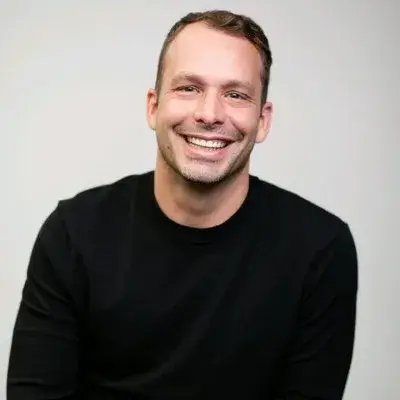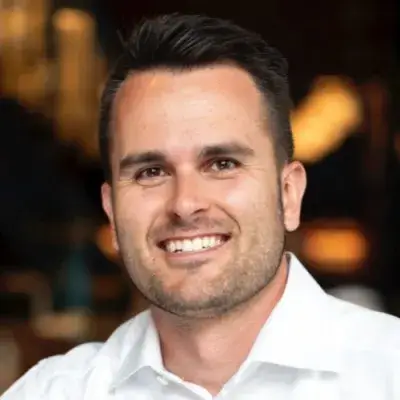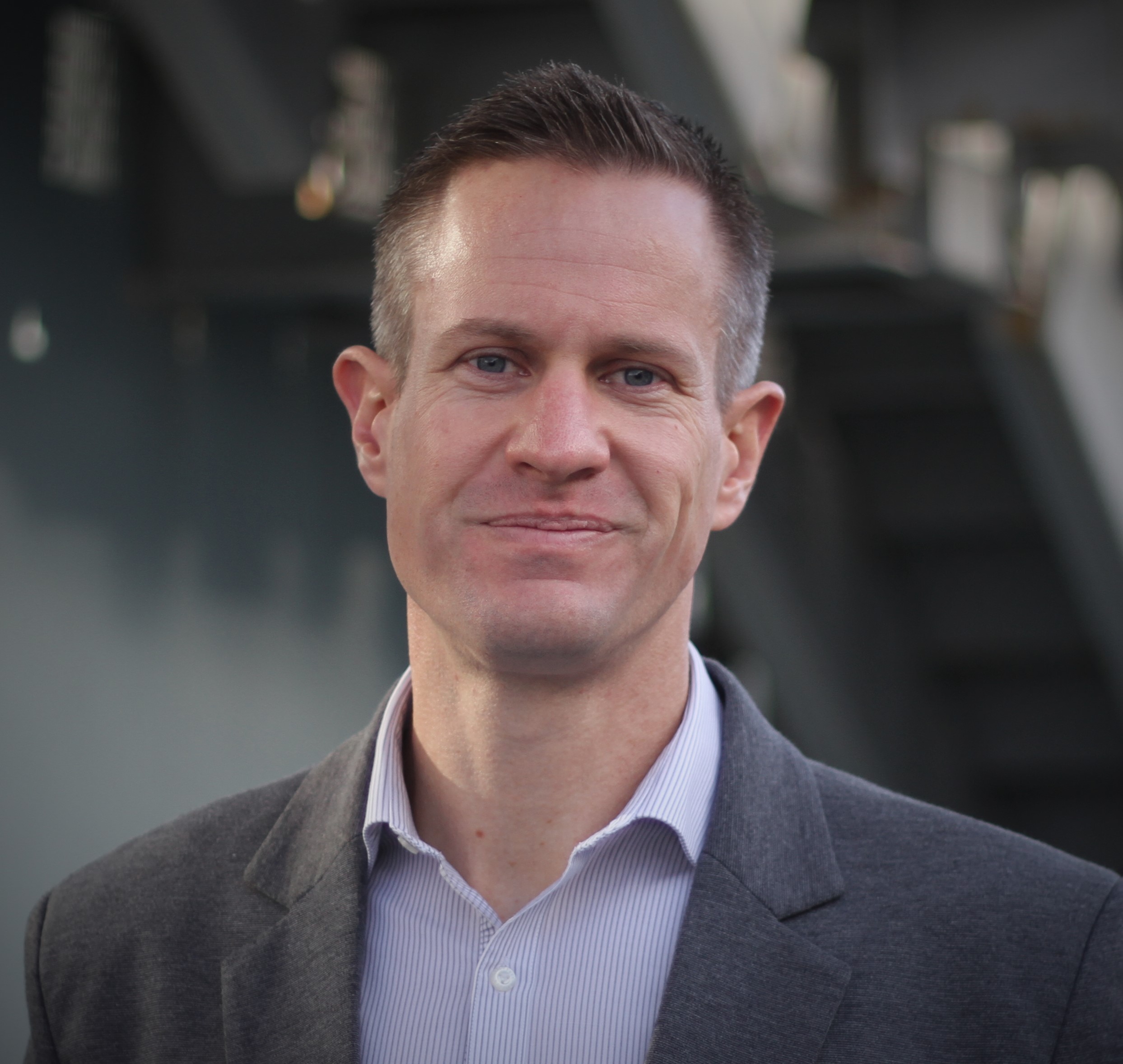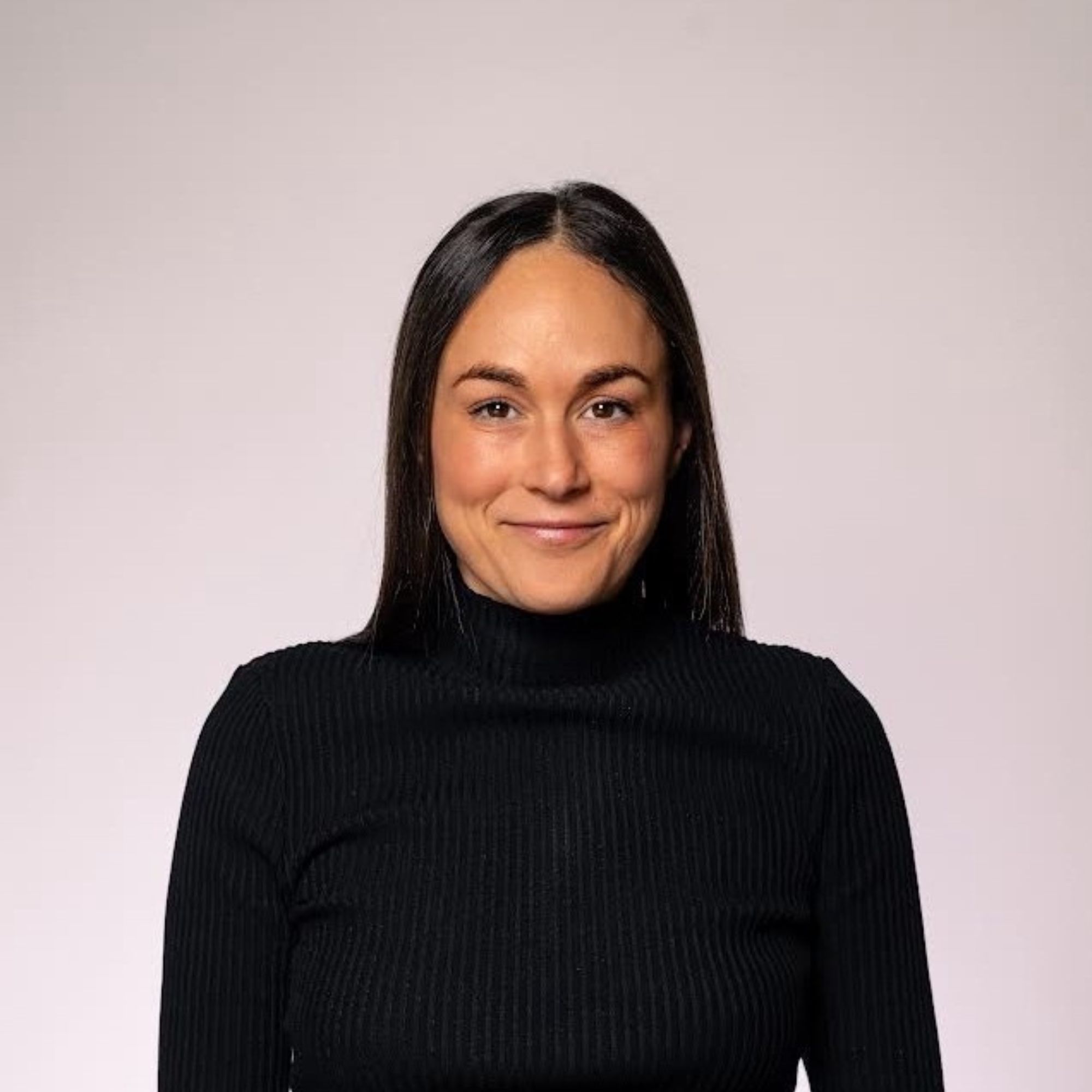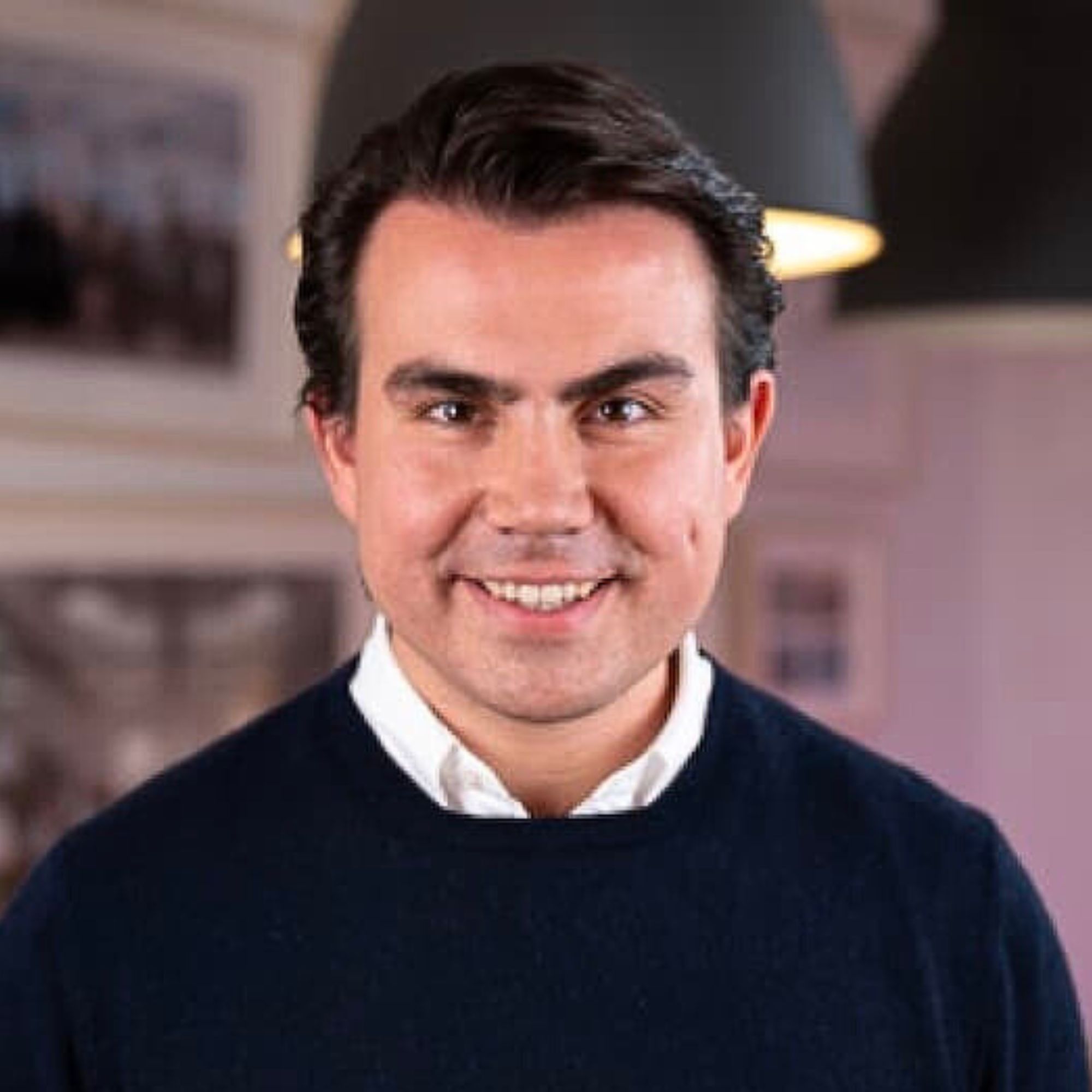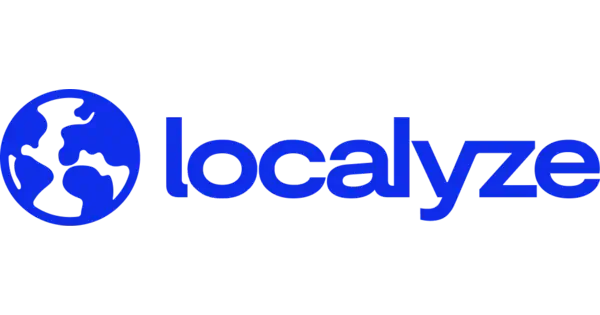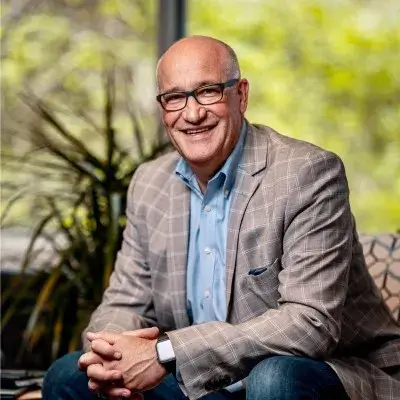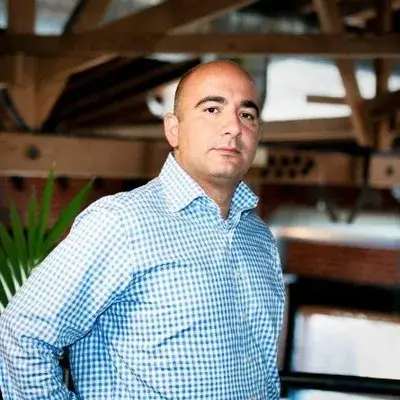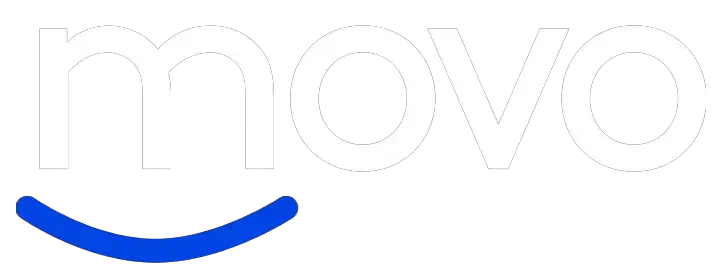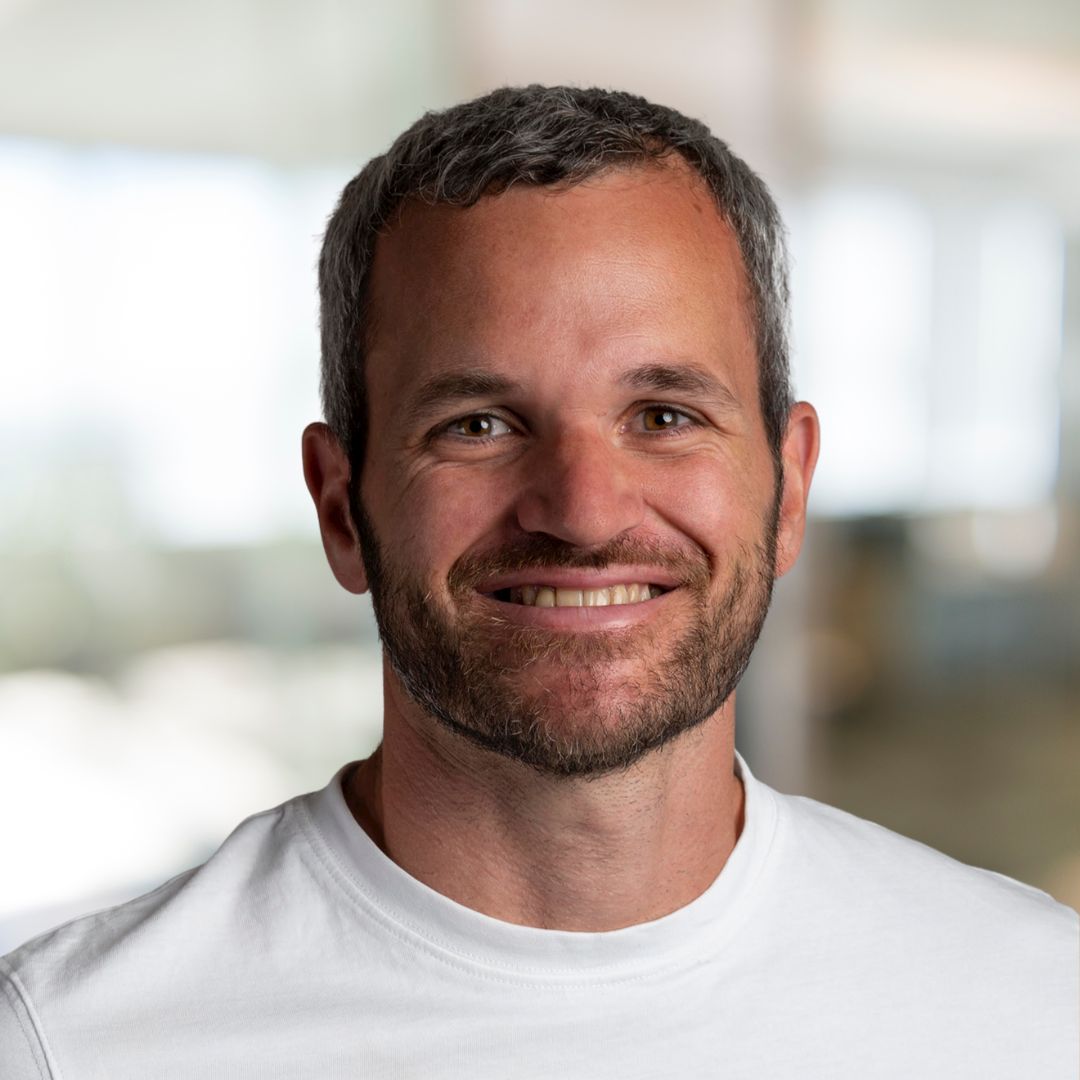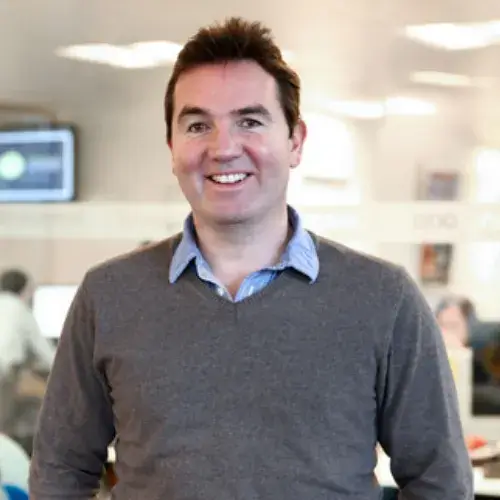Ready to build your own Founder-Led Growth engine? Book a Strategy Call
Frontlines.io | Where B2B Founders Talk GTM.
Strategic Communications Advisory For Visionary Founders
Actionable
Takeaways
Always sell first, then build:
Nitzan's core principle is "sell-first, build-later" - a methodology born from their Google deal where they sold a solution using "the ugliest page in the history of Internet pages" and delivered manually for six months before building the actual product. This approach validates real customer demand and reveals what actually needs to be built versus what founders assume should be built.
Enterprise sales is about selling yourself, not your product:
Success with major clients like Google, Microsoft, and Bayer came from building deep personal relationships with decision-makers. Nitzan describes knowing the names of his prospects' children and their preferences - emphasizing that enterprise buyers are investing in people and relationships, not just features. One client relationship was maintained through weekly Saturday evening emails for months before an opportunity materialized.
Match your messaging to how buyers actually buy:
Benivo initially tried to create a new category by positioning themselves as a "two-for-one" solution replacing multiple industry layers. This confused buyers who didn't understand how to purchase within their existing procurement processes. When they repositioned to match existing category terminology that buyers recognized, RFP invitations and sales began flowing. The lesson: don't let category creation ambitions override buyer convenience.
Leverage community selling for efficient go-to-market:
With only 7-8 people in their entire go-to-market team, Benivo built a powerful community strategy including a LinkedIn Live show hosted by an industry luminary, annual "Top 100" recognition campaigns, and a 200-person "Change Maker Network" that includes prospects, customers, and even lost deals. This approach builds trust and allows enterprise buyers to engage with the company culture before making career-impacting decisions.
Build custom AI tools for competitive advantage:
Rather than relying on expensive purpose-built sales tools, Benivo creates custom AI solutions using basic tools like Gemini and Make.com. Their system automatically transcribes sales calls, scores deals using their MEDPIQ methodology, coaches salespeople on next steps, and generates follow-up emails. They've also built AI tools that reduce RFP response time by 70-80% by training models on their best historical responses and client-specific strategy documents.
Conversation
Highlights
The Sell-First Philosophy: How Benivo Transformed From Failed Airbnb Competitor to $30M Enterprise Success
Most startup pivots happen gradually, with founders slowly realizing their original vision isn’t working. But for Nitzan Yudan, CEO and founder of Benivo, the pivot was as dramatic as it was successful — transforming a failing vacation rental platform into a $30 million enterprise HR technology company that now serves Google, Microsoft, and Bayer.
In a recent episode of Category Visionaries, Nitzan shared the remarkable story of how Benivo’s near-death experience birthed a revolutionary “sell-first, build-later” methodology that became the company’s DNA and drove their enterprise success.
The Airbnb Collision Course
In 2011, Nitzan launched what seemed like a promising vacation rental startup. “I raised one and a half million dollars. Now, when I raised that amount, I thought, the next big thing I’ll need to do is to choose the name of the island that I’ll own in the Caribbean,” he recalls. “That was how well I understood what consumer business is.”
His confidence was short-lived. “But then Airbnb raised a billion, right? And by the time I realized the difference between 1.5 million to a billion, they raised two more billion.” The reality hit hard: “There was about half a billion were raised in Europe to compete with Airbnb. 498.5 out of that end up to be a write off, 1.5 million survived, which is us.”
Facing bankruptcy, Nitzan and his team had ten different product ideas. They faced a critical decision: build the ideas as MVPs or try to sell them first. “If we would go and build them, even an MVP, you would have a different guest on this show today, because the company would have gone bankrupt,” Nitzan explains.
The Ugliest Page That Changed Everything
Instead of building, they chose to sell. One idea led to a meeting with Google, where they encountered a problem everyone said was impossible to solve: managing payments for relocating employees. “We had a payment engine because we had something to compete with Airbnb, so there’s ability to make payments. So we said, yes, we can do that.”
Google presented them with an ultimatum: “Either you go live in 30 days or go for next year. So 12 months and 30 days. Which option do you want to take?” Without hesitation, they chose 30 days.
What happened next became company legend. “We’ve managed to sell to Google on what I like to call the ugliest page in the history of Internet pages. It was created by my colleague Matthew Chee, five minutes before the meeting booth, using some, you know, it’s not a developer event, so it’s just some tools we found and we’ve signed Google on that tool.”
This experience crystallized two fundamental insights: “First, which is critical in sales: Client cares about value, about the benefit, not about the feature. Google were, they’re not a stupid company. They knew it’s an ugliest page in the history of Internet pages. But were saying yes to a problem, everyone said, no, it’s not possible.”
The second lesson was equally powerful: “You can be as ugly as you want as long as you are the only one.”
The Manual Delivery Revolution
Rather than rushing to build a product, Benivo delivered the Google contract manually for six months. “There was no product. Only after we’ve done it manually for six months, we actually realized what we need to build,” Nitzan explains.
This approach became their operational DNA. “We call it Sell Source game. We always start by selling and getting someone to pay for what the value is. Because when we do a survey doesn’t work. Why it’s so easy to say, how likely am I to buy that? 5 out of 5.”
But when it comes to actually purchasing: “Every time they want it out. Oh, that’s a different question. And I don’t have the budget and not this year and not. We’ve all heard that, right? So it’s very different to ask for the money.”
This sell-first methodology continues to drive their innovation: “That approach, that framework has really become like how the company operates even now. You know, we have a hundred people in the company and mature and we have a product and it’s beautiful, it’s not anymore ugly. But we keep bringing new capabilities under this approach.”
Enterprise Sales Through Deep Relationships
Benivo’s success with major enterprise clients stems from Nitzan’s philosophy that “you don’t sell to Microsoft. We sell to one person there and that person we’ve built a relationship with.” He emphasizes that “in every sales interaction, we sell ourselves, we sell the passion, we sell the vision, of course also the ability to execute.”
The depth of these relationships is remarkable. Nitzan describes one client relationship: “We really built that relationship, managed to bring it in person and then the opportunity came, right? At some stage, someone didn’t deliver a KPI, didn’t work and it just had to do a change and were top of mind, right? So for that person who I can tell you the name of their children and I can tell you what everybody kids, you know, like to eat and like to do, it’s that level of relationship.”
One prospect required weekly Saturday evening emails for months. “Saturday was the time he found that is best to write to me Saturday evening and my wife already knew Saturday evening is when I write that weekly email to that person,” Nitzan recalls. “We really built that relationship.”
The Category Creation Mistake
Even successful companies make costly positioning errors. Benivo learned this lesson when they tried to create a new category around their “two-for-one” value proposition. “Part of our solution is that in the industry we sell to, there are a number of layers, right? And we actually replace two layers. So it’s two for one. You get two for one.”
Their initial approach seemed logical: “So what we thought is, hey, let’s go for setting up a new category. Because that’s what I read in all the sales book, right? You want to be the new category. So we set up a new name and a campaign, and we explained that. And no one will buy.”
The problem wasn’t their solution — it was buyer comprehension. “It was very tough for them to understand because that’s not how they used to buy. And in our case in selling to HR professionals, they have a very busy job and they’re doing a lot of work that is not about figuring out what this vendor is doing.”
The fix required swallowing their pride: “What we ended up doing is we separated our whole marketing proposition to actually those two layers that we replaced and say, you can buy it for this layer or buy it for that layer, and of course, you can buy for both, but only when we change it to actually name the layers as they used to be, they started to say, oh, now I understand.”
Community Selling at Scale
Operating with just 7-8 people in their entire go-to-market team, Benivo needed innovative approaches to reach enterprise buyers. Their solution: community selling. “We built a few things that worked and for us first we launched LinkedIn Live Show. So every show, every week there is a show. We brought to be the host of that show. Someone who is extremely well known in the industry.”
They expanded this with recognition campaigns: “We’ve also launched like the campaigns such as like the top 100 in our industry. So who are the 100 professionals? And you know, it’s all by votes of the industry. We don’t influence the results but we are the ones who are facilitating that.”
These efforts culminated in their “Change Maker Networks” — a community of almost 200 people including prospects, customers, and even lost deals. “They’ve decided that they want change in the industry and they would like to support us in defining that change and network with each other.”
AI-Powered Efficiency
Benivo’s lean go-to-market team achieves remarkable efficiency through custom AI implementations. Rather than expensive purpose-built tools, they build solutions using basic platforms like Gemini and Make.com.
“Every call that is done with a prospect, we transcribe that using Gemini and then we have a library of prompts that run on that transcript and automatically does a few things,” Nitzan explains. Their system identifies HubSpot updates, scores deals using their MEDPIQ methodology, and provides personalized coaching.
“It ranks every deal based on the medpic score and it is trained on the historical call. So it can also see the progress we’ve made from the previous call and then act as a coach to the salesperson and tell the salesperson, hey, you didn’t yet discover who is the economic buyer, the ultimate decision maker. So here is what you should do on the next call.”
For RFP responses, they’ve created a system that “reduce our time working on our fees, but I would say 70 to 80%” by training AI on their best historical responses combined with client-specific strategy documents.
The Customer-Obsessed Vision
Looking forward, Nitzan’s vision remains grounded in customer needs: “They need to be more strategic to add more value to their organization and we need to make sure we help them to do that. Now, our clients are not IT experts, they’re not AI engineers, they’re not prompt engineers. We need to be that vendor that provides them the tool to be more strategic to free up their day to day time.”
This customer-backward approach drives everything: “From there, like Jeff Bezos said, we need to work backwards, right? Start from there, stand with the customer and work backward to design the company. To build everything that we are doing accordingly.”
The transformation from failed consumer startup to enterprise success wasn’t just about finding the right market — it was about embracing a fundamentally different approach to building and selling. Through their sell-first methodology, relationship-driven sales approach, and innovative use of AI and community building, Benivo demonstrates that sometimes the best path forward requires completely reimagining how you operate.
For B2B founders facing similar crossroads, Benivo’s story offers a clear lesson: success often comes not from perfecting your original vision, but from being willing to fundamentally reimagine your approach based on what customers actually need and will pay for.




